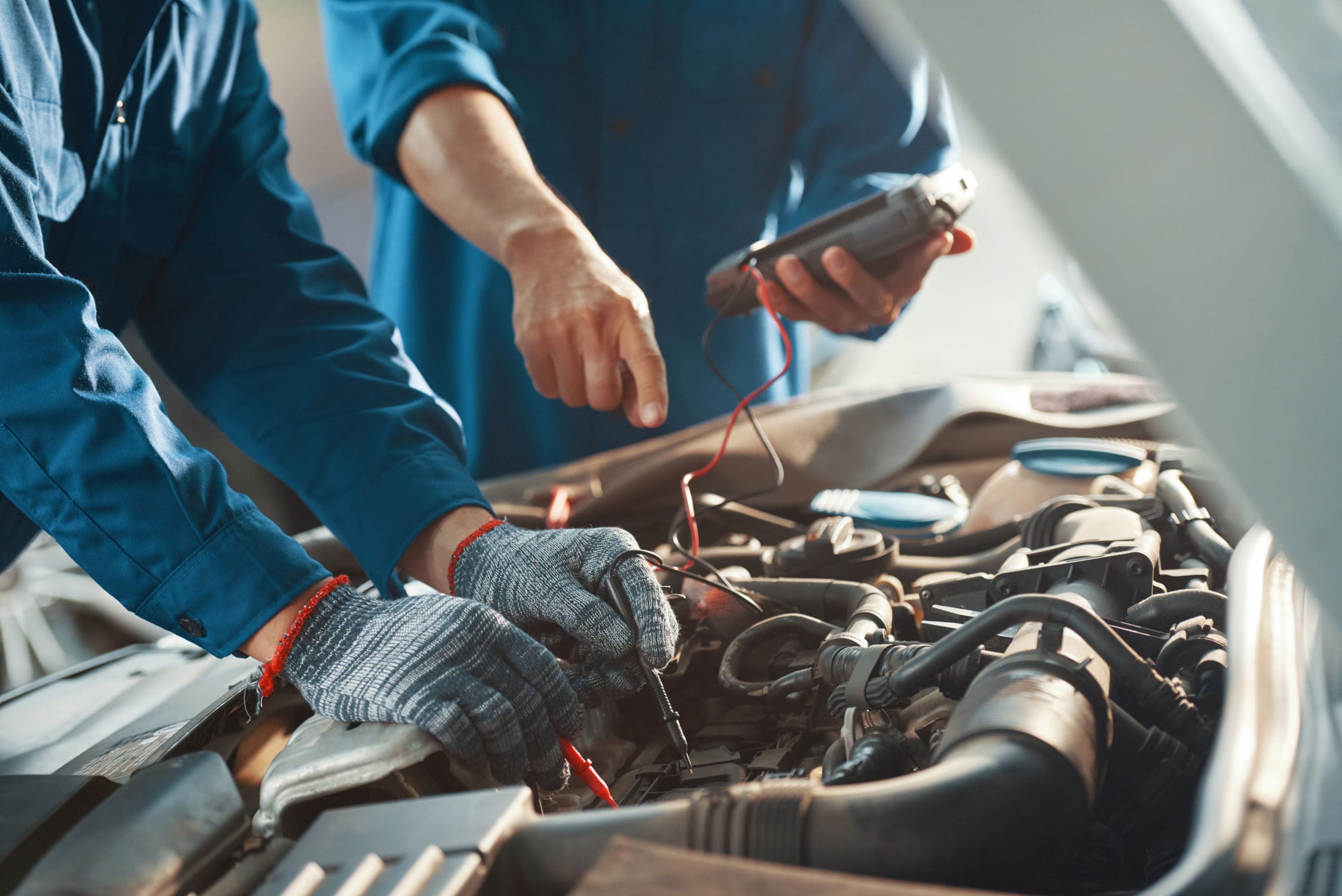Owning a car comes with its fair share of responsibilities, and one of the most important is understanding and addressing common car problems. Knowing how to identify and fix these issues can save you time, money, and a lot of frustration. In this blog post, we’ll explore some of the most common car problems and provide practical solutions to fix them.

1. Engine Overheating
Symptoms: High temperature gauge, steam from the hood.
Causes: Low coolant levels, faulty thermostat, radiator issues.
Solutions:
- Check and Refill Coolant: Ensure your coolant levels are adequate. If low, refill with the appropriate coolant mixture.
- Inspect and Replace Thermostat: A faulty thermostat can cause overheating. Replace it if necessary.
- Clean or Replace Radiator: Ensure the radiator is clean and free of debris. If damaged, consider replacing it.
2. Dead Battery
Symptoms: Car won’t start, dim lights, clicking sound when turning the key.
Causes: Old battery, leaving lights on, faulty alternator.
Solutions:
- Jump-Start the Car: Use jumper cables to start the car. If the battery is old, consider replacing it.
- Check Battery Connections: Ensure the battery terminals are clean and tightly connected.
- Replace the Battery: If the battery is more than three years old, it might be time for a new one.
3. Flat Tire
Symptoms: Thumping sound, car pulling to one side.
Causes: Puncture, worn-out tire, improper inflation.
Solutions:
- Use a Spare Tire: Replace the flat tire with a spare.
- Patch the Puncture: If the puncture is small, use a tire repair kit to patch it.
- Regularly Check Tire Pressure: Maintain proper tire pressure to avoid flats.
4. Brake Issues
Symptoms: Squeaking or grinding noise, spongy brake pedal.
Causes: Worn brake pads, low brake fluid, damaged rotors.
Solutions:
- Replace Brake Pads: If the pads are worn, replace them.
- Check and Refill Brake Fluid: Ensure the brake fluid is at the correct level.
- Inspect and Replace Rotors: If the rotors are damaged, they need to be replaced.
5. Transmission Problems
Symptoms: Slipping gears, delayed shifting, transmission warning light.
Causes: Low transmission fluid, worn-out clutch, faulty sensors.
Solutions:
- Check and Refill Transmission Fluid: Ensure the fluid is at the correct level.
- Replace the Clutch: If the clutch is worn, it needs to be replaced.
- Diagnose and Replace Faulty Sensors: Use a diagnostic tool to identify and replace faulty sensors.
6. Electrical Issues
Symptoms: Non-functioning lights, malfunctioning dashboard gauges.
Causes: Blown fuses, faulty wiring, dead battery.
Solutions:
- Replace Blown Fuses: Check the fuse box and replace any blown fuses.
- Inspect and Repair Wiring: Look for any damaged or loose wires and repair them.
- Ensure Battery is Charged: Make sure the battery is fully charged and in good condition.
7. Suspension Problems
Symptoms: Rough ride, car leans to one side, uneven tire wear.
Causes: Worn-out shocks or struts, broken springs, misaligned wheels.
Solutions:
- Replace Shocks or Struts: If they are worn, replace them to improve ride quality.
- Inspect and Replace Springs: Check for any broken springs and replace them.
- Get a Wheel Alignment: Ensure the wheels are properly aligned to prevent uneven tire wear.
Conclusion
Regular maintenance and early detection of car problems are crucial for keeping your vehicle in good condition. By understanding these common issues and knowing how to fix them, you can avoid costly repairs and ensure your car runs smoothly. If you’re ever unsure about a repair, don’t hesitate to seek professional help.
Call to Action
Have you encountered any of these car problems? Share your experiences and tips in the comments below! And don’t forget to subscribe to our blog for more car maintenance tips and advice.
I hope this helps! Let me know if you need any more information or further assistance.

